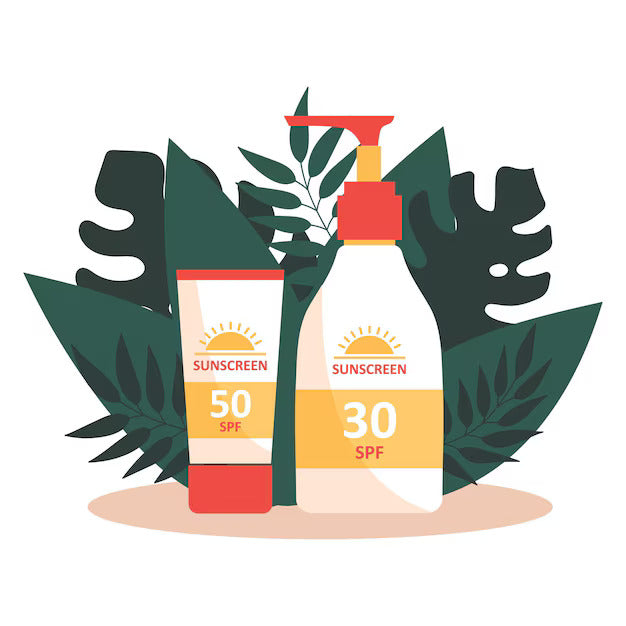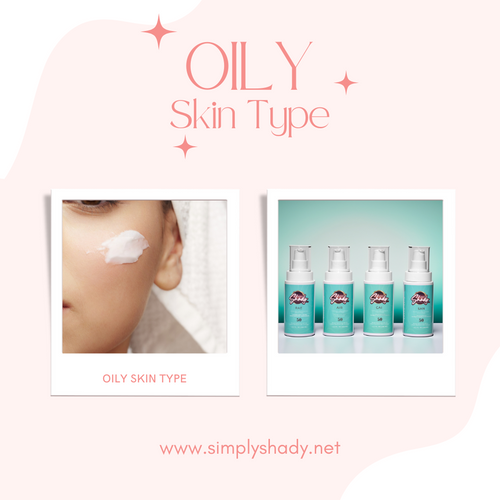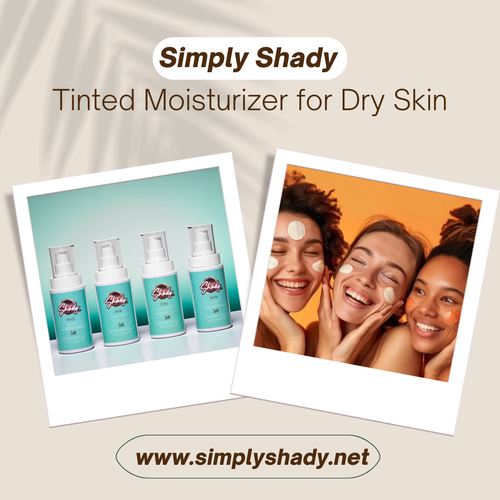
Sunscreen SPF 50 vs SPF 30: Which One is Right for You?
Sun protection is one of the most important steps in any skincare routine. Even short sun exposure can cause dark spots, wrinkles, and skin damage. Using sunscreen daily helps prevent these problems.
Sunscreens come in different SPF levels, like SPF 30 and SPF 50. But which one is better for you? Understanding the difference can help you make the right choice.
In this guide, we will explain SPF basics, compare SPF 30 vs SPF 50, and show you how to pick the best one for your skin.
What is SPF?
SPF stands for Sun Protection Factor. It tells you how long your skin is protected from UVB rays, the main cause of sunburn.
For example:
-
If your skin normally burns in 10 minutes without sunscreen, SPF 30 can protect you for 300 minutes.
-
SPF 50 would protect you for 500 minutes.
SPF also shows how much UVB radiation is blocked:
-
SPF 30 blocks about 97% of UVB rays.
-
SPF 50 blocks about 98% of UVB rays.
This may not seem like a big difference, but every percent counts, especially for sensitive or aging skin.
SPF 30 vs SPF 50: Key Differences
Choosing between SPF 30 and SPF 50 depends on your skin type, sun exposure, and personal preference.
1. Protection Level
-
SPF 30: Blocks 97% of UVB rays.
-
SPF 50: Blocks 98% of UVB rays.
SPF 50 gives slightly more protection. This extra 1% can be important if you are fair-skinned, have a history of sunburn, or spend long hours outside.
2. Skin Sensitivity
Some people have sensitive skin that burns easily. SPF 50 can provide extra peace of mind. For normal or medium skin, SPF 30 is often enough for daily use.
3. Makeup and Layering
SPF 30 is usually lighter and blends well under makeup. SPF 50 may feel thicker. However, modern formulas make both types comfortable for daily wear.
4. Frequency of Reapplication
Regardless of SPF, sunscreen should be reapplied every two hours or after swimming or sweating. Using a higher SPF doesn’t mean you can skip reapplication.
Who Should Use SPF 50?
SPF 50 is best for:
-
People with fair or light skin.
-
Anyone with a history of sunburn.
-
Outdoor workers, athletes, or beachgoers.
-
Those who want maximum sun protection in strong sunlight.
Even with SPF 50, it’s important to reapply often and wear protective clothing, hats, and sunglasses.
Who Can Use SPF 30?
SPF 30 works well for:
-
People with medium or darker skin tones.
-
Daily city use, commuting, or short outdoor activities.
-
Those who want lighter, non-greasy formulas under makeup.
SPF 30 is also suitable for kids in normal play situations, but longer sun exposure may need higher SPF.
Common Myths About SPF
Myth 1: Higher SPF Means No Reapplication Needed
Even SPF 50 needs reapplication every 2 hours. Sweat, water, and rubbing reduce effectiveness.
Myth 2: SPF 30 is Not Enough
SPF 30 blocks 97% of UVB rays. For most daily activities, it provides excellent protection.
Myth 3: Dark Skin Doesn’t Need Sunscreen
Everyone, regardless of skin tone, needs sun protection. UV damage can cause dark spots, wrinkles, and skin cancer.
How to Apply Sunscreen Correctly
Using sunscreen properly is as important as choosing the right SPF.
-
Use enough: Apply about a teaspoon for your face and neck.
-
Apply 15–30 minutes before sun exposure.
-
Reapply every 2 hours or after swimming or sweating.
-
Don’t forget ears, neck, and hands.
-
Layer with makeup: Apply sunscreen first, let it absorb, then use makeup or tinted moisturizer.
Benefits of Mineral-Based Sunscreens
Mineral sunscreens, like zinc oxide and titanium dioxide, are gentle on the skin.
-
Provide broad-spectrum protection.
-
Less likely to irritate sensitive or acne-prone skin.
-
Work immediately after application.
-
Reflect harmful UV rays instead of absorbing them.
Mineral sunscreens are ideal for daily use, especially for mature or sensitive skin.
Choosing the Right SPF for You
Consider these factors when picking SPF:
-
Skin Type: Fair skin may need SPF 50; medium or darker skin may use SPF 30.
-
Sun Exposure: Long outdoor hours call for SPF 50. Short daily exposure can use SPF 30.
-
Comfort: Choose a formula you will use daily. A sunscreen you dislike is easy to skip.
-
Additional Benefits: Some sunscreens include hydration, anti-aging ingredients, or tinted coverage.
Simply Shady: 2-in-1 Protection and Care
If you want hydration, sun protection, and coverage in one step, Simply Shady is a great choice.
Key Features:
-
Mineral SPF: Protects from harmful rays.
-
Moisturizing Formula: Keeps skin soft and smooth.
-
Corrective Coverage: Even skin tone naturally.
-
Gentle on All Skin Types: Safe for sensitive and acne-prone skin.
Using Simply Shady simplifies your skincare routine. You get protection, hydration, and a flawless look in one product.
Conclusion: Protect and Glow Every Day
Choosing between SPF 30 and SPF 50 depends on your skin type, sun exposure, and comfort.
-
SPF 30: Great for daily city use and medium to dark skin.
-
SPF 50: Best for fair skin, long outdoor activities, or extra protection.
No matter which SPF you choose, daily use, reapplication, and proper application are key.
Discover Simply Shady, your 2-in-1 tinted sunscreen. It protects, hydrates, and evens skin tone for all skin types. Perfect for daily use, it’s gentle on sensitive or acne-prone skin. Shop Simply Shady today and glow with confidence!



